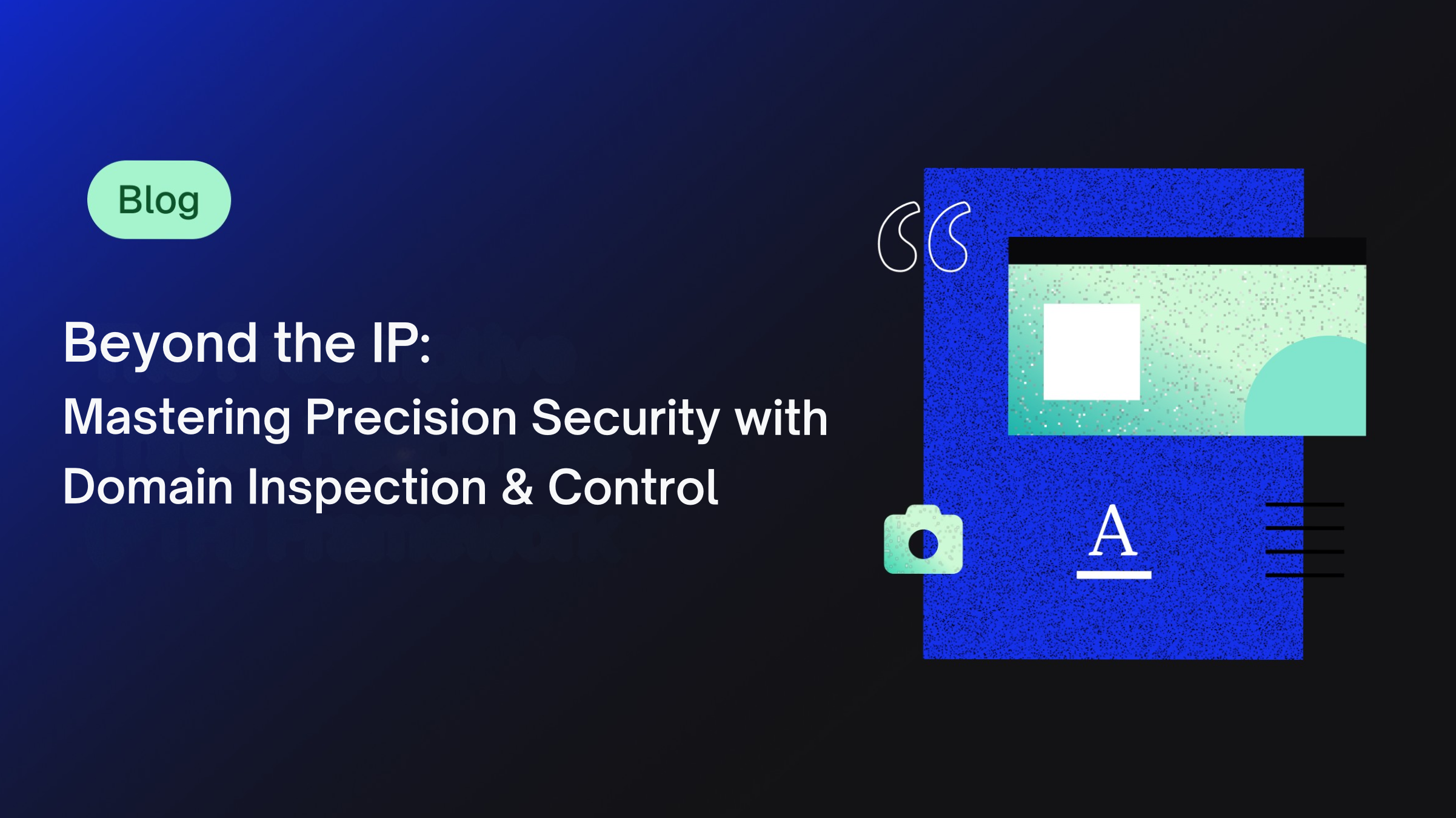Blog – July 15, 2025
DNS and Web Traffic: Your First Opportunity to Act
In modern cybersecurity, timing is everything. Many of today’s threats don’t start with a firewall breach or lateral movement, they begin with a DNS request.
DNS, or Domain Name System, is what allows users to access websites by converting human-readable names into machine-readable IP addresses. But this essential part of internet infrastructure is increasingly being leveraged by attackers.
Whether it’s phishing, malware delivery, or command-and-control (C2) activity, DNS-based attacks are common because they’re fast, evasive, and often go unnoticed.
Why DNS Matters in Cyber Defense
DNS happens early in the connection process, before data transfer and even before encryption begins. That means it’s one of the few places where organizations can gain clear insight into where users are going online.
Unfortunately, it’s also one of the least defended layers. Many traditional tools don’t inspect or enforce policies at the DNS level, leaving a visibility and enforcement gap that attackers can exploit.
Attackers often use tactics like fast flux, where a single domain name resolves to dozens (or hundreds) of different IP addresses in a short time frame. This undermines systems that rely on static IP blocking or allowlisting. And even if the final destination is protected by HTTPS, the initial DNS request often isn’t.
Common Challenges
- Limited DNS inspection: Many security tools don’t evaluate DNS requests at all
- Encrypted traffic blind spots: After DNS resolution, the actual communication may be encrypted, leaving few enforcement options
- Reactive post-connection response: Most tools detect and respond after a connection has already been made
A Preventative Approach
Addressing threats earlier in the process – at the DNS or web request level – can help organizations reduce risk with less overhead.
DNS-layer security can:
- Prevent access to known malicious domains before users reach harmful destinations
- Provide visibility into outbound connections, including remote or BYOD users
- Support policy enforcement for untrusted or unknown domains, especially helpful in high-risk environments
Web-layer enforcement complements this by applying policies even when users skip DNS or connect directly via IP or URL.
Key Takeaways
- DNS and web traffic inspection is an effective early signal in detecting and stopping attacks
- Enforcing security before a full connection is established reduces downstream risk and alert volume
- Integrating DNS and web-layer controls into your broader security strategy helps close gaps, improve visibility, and make better use of existing tools

